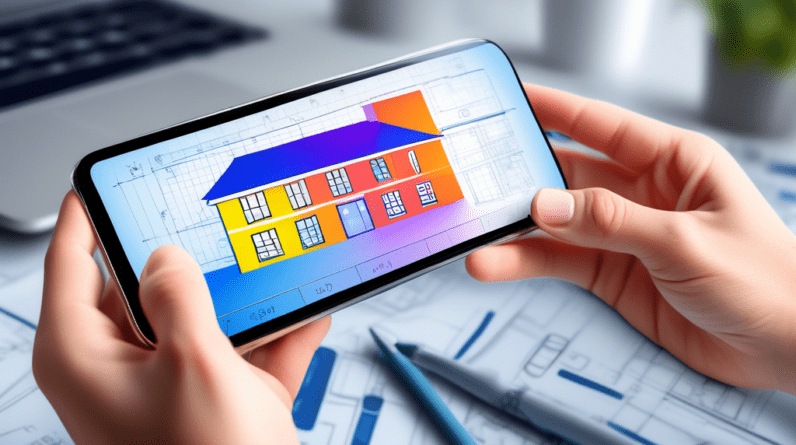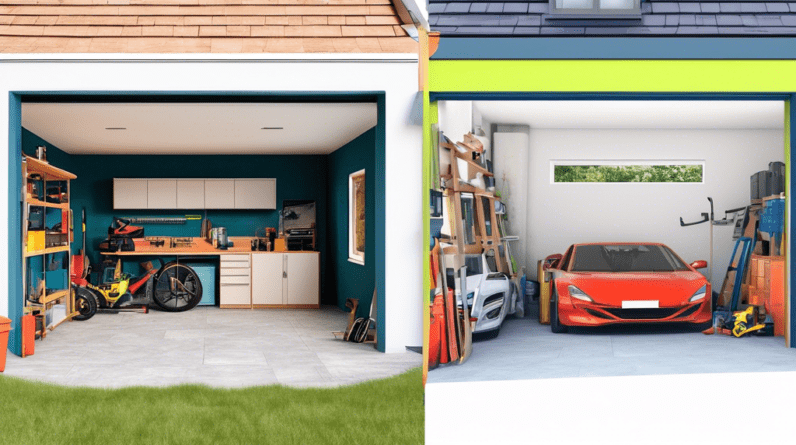
Estimating Your Garage Remodel Costs
Garages are often overlooked spaces, relegated to storing cars, tools, and forgotten treasures. But what if your garage could be so much more? A garage remodel can transform this underutilized area into a valuable extension of your home, whether you envision a sleek home office, a cozy guest suite, or a state-of-the-art workshop.
Before you start picking out paint colors and flooring samples, it’s crucial to understand the financial commitment involved. Garage remodel costs can vary widely depending on a multitude of factors, from the scope of the project to your geographic location. This comprehensive guide delves into the key cost drivers, providing you with the knowledge to plan a realistic budget and create a garage that not only meets your needs but also complements your lifestyle.
Factors Influencing Garage Remodel Costs
Understanding the variables that influence costs empowers you to make informed decisions and prioritize aspects that align with your budget and vision. Here’s a breakdown of the primary factors:
1. Project Size and Scope: From Simple Updates to Complete Overhauls
The size of your garage and the extent of the renovation play a pivotal role in determining the overall cost. Let’s break down typical project scopes and their associated cost implications:
* **Small-Scale Refresh (Cosmetic Enhancements):** This involves cosmetic upgrades like fresh paint, new flooring, and improved lighting. Expect to spend between **$2,000 to $5,000** for a basic refresh.
* **Mid-Range Remodel (Enhanced Functionality and Aesthetics):** This encompasses moderate structural changes, such as adding insulation, upgrading electrical systems, installing new windows and doors, and incorporating built-in storage solutions. Costs typically range from **$10,000 to $25,000**.
* **High-End Transformation (Complete Overhaul):** This entails significant structural modifications, potentially including raising the roofline, adding plumbing for a bathroom or kitchenette, installing heating and cooling systems, and incorporating high-end finishes. Expect costs to start at **$30,000 and exceed $50,000** depending on the complexity and luxury features.
2. Location, Location, Location: Regional Cost Variations
Geographic location plays a significant role in construction costs due to variations in labor rates, material prices, and local building codes. Metropolitan areas tend to have higher costs compared to rural areas. Be sure to factor in regional cost differences when budgeting.
3. Structural Considerations: Foundation to Framing
The structural integrity of your garage is paramount. If your remodel involves modifying walls, adding windows or doors, or extending the footprint, you’ll need to factor in costs for:
* **Foundation Inspection and Repair:** Ensuring a stable foundation is crucial for any renovation. Costs vary depending on the extent of repairs needed.
* **Framing Modifications:** Adding walls, openings, or altering the roofline will involve framing work, which impacts labor and material expenses.
4. Flooring: Durable and Stylish Options
Garage flooring endures heavy traffic and potential spills. Popular options include:
* **Epoxy Coatings:** Durable, stain-resistant, and easy to clean, epoxy coatings offer a cost-effective solution ranging from **$3 to $7 per square foot**.
* **Concrete Staining:** Providing a decorative finish with various color options, concrete staining costs between **$2 to $6 per square foot**.
* **Interlocking Tiles:** Easy to install and offering versatility in design, interlocking tiles cost around **$4 to $8 per square foot**.
5. Walls and Insulation: Climate Control and Aesthetics
Proper insulation enhances energy efficiency, regulates temperature, and improves comfort. Consider these options:
* **Fiberglass Insulation:** Cost-effective and widely available, fiberglass insulation typically costs between **$0.50 to $1.50 per square foot**.
* **Foam Board Insulation:** Offering higher insulation value per inch, foam board insulation ranges from **$1 to $3 per square foot**.
* **Spray Foam Insulation:** Providing excellent air sealing and insulation, spray foam insulation costs between **$1.50 to $3.50 per square foot**.
6. Electrical and Plumbing: Powering Up and Enhancing Functionality
Upgrading electrical systems is essential for safety and to accommodate new lighting, appliances, and outlets. Adding plumbing might be necessary for a bathroom, kitchenette, or utility sink.
* **Electrical Work:** Costs depend on the number of outlets, switches, fixtures, and the complexity of the wiring.
* **Plumbing Installation:** Factors influencing costs include the scope of plumbing work, pipe material, and accessibility.
7. Windows and Doors: Natural Light and Security
Adding windows and upgrading doors enhance aesthetics, security, and energy efficiency. Costs vary based on size, material, and style.
* **Windows:** Consider energy-efficient options like double-paned windows to reduce energy bills.
* **Doors:** Insulated doors improve insulation and security. Choose durable materials that complement your home’s style.
8. Finishing Touches: Style and Functionality
The finishing touches bring your vision to life and can significantly impact the overall aesthetic and functionality.
* **Painting:** Fresh paint brightens the space and allows for personalization.
* **Cabinetry and Storage:** Built-in cabinets, shelves, and workbenches maximize storage space and organization.
* **Lighting:** Adequate lighting is crucial for functionality and ambiance. Consider a combination of task lighting and ambient lighting.
* **Appliances:** If your remodel includes a kitchenette or laundry area, factor in appliance costs.
9. Labor Costs: Expertise and Experience Matter
Labor costs typically constitute a significant portion of the overall remodel budget. Experienced contractors may charge higher rates but often deliver superior craftsmanship and project management. Be sure to obtain multiple quotes and check references before hiring a contractor.
10. Permits and Inspections: Ensuring Code Compliance
Most garage remodels require permits to ensure compliance with local building codes. Permit fees vary depending on the project scope and your location. Inspections are typically conducted at various stages of the renovation.
Tips for Controlling Garage Remodel Costs
While a garage remodel is an investment, there are ways to manage costs effectively without compromising quality:
* **Plan Meticulously:** A detailed plan helps you make informed decisions and avoid costly changes mid-project.
* **Set a Realistic Budget:** Determine your financial limits upfront and prioritize essential features.
* **Obtain Multiple Quotes:** Solicit bids from several reputable contractors to compare pricing and services.
* **Explore DIY Options:** If you’re handy, consider tackling tasks like painting or demolition yourself to save on labor costs.
* **Source Materials Wisely:** Compare prices from different suppliers and explore cost-effective alternatives without sacrificing quality.
* **Communicate Effectively:** Maintain open communication with your contractor throughout the project to address any concerns promptly.
Conclusion: Creating a Garage that Reflects Your Lifestyle
A garage remodel is an investment that enhances your home’s functionality, value, and curb appeal. By understanding the key cost drivers and planning meticulously, you can create a space that seamlessly integrates with your lifestyle. Whether you envision a productive workspace, a comfortable living area, or a haven for your hobbies, a well-executed garage remodel transforms this often-overlooked area into a valuable extension of your home.






